If you’re looking to buy a battery-electric vehicle you might want to move fast. Under the controversial spending bill passed by Congress last week federal tax credits covering new and used EVs will expire at the end of September. Headlight.News has more.
More than 1 million Americans are expected to purchase or lease a new battery-electric vehicle this year, many more opting for used EVs. At least that was the industry forecast until recently, but what happens now is anyone’s guess as Pres. Donald Trump has signed a new government spending bill that will wipe out the federal tax credits that have helped increase sales of battery-powered vehicles almost tenfold since 2019.
The incentive program went through some big changes during the Biden administration, setting standards covering the size of an EV’s battery pack, country of origin and the vehicle’s price. But despite desperate pleas from the auto industry, the “Big Beautiful Bill” passed by Congress last week mirrored the largely anti-EV policies Trump has rolled out since taking office in January.
If there’s any good news for shoppers looking to go electric it’s the fact that the federal tax credits will remain in effect until September 30.
What qualifies now?
When Washington first launched EV tax credits they largely applied to any vehicle meeting minimum requirements focused on the size of the battery pack. But there were limits on how many vehicles each manufacturer could sell before their products no longer qualified. Tesla and General Motors both took hits when they crossed that sales threshold.
Then came the IRA, the Inflation Reduction Act of 2022, which restored potential credits of up to $7,500 for all automakers – but which also set in place a number of other hurdles. It emphasizes domestic sourcing and production which means a number of models don’t qualify at all for the credits because they’re imported. Others can get up to $3,750 because the vehicles are assembled in the U.S. but use foreign-made batteries and minerals. There’s also a cap on the price of an EV, as well as on the income of a buyer. Exceed those limits and you lose out.
Along with EVs, the rules provided incentives of up to $3,750 for plug-in hybrids which had at least 7 kilowatt-hours of batteries onboard.
Also covered: used EVs dating back to the 2023 model year or earlier. They’re eligible for up to $4,000 in tax credits — or 30% of the purchase price, whichever is lower.
The loophole
Tougher rules went into effect last year which reduced to just 20 the number of vehicles that buyers could choose from to get incentives. (See the list of qualified models at the end of this story.)
But, intentionally or not, Congress created a loophole allowing many more vehicles to qualify for EV tax credits.
To get to the heart of the matter: when you lease you don’t actually own your vehicle, the finance company does. And they were able to still qualify for incentives on a substantially larger number of EVs and plug-in hybrids. In turn, the leasing firm have the choice of whether or not to pass those savings onto consumers. Most do, though buyers should confirm that when it comes time to close the deal.
More EV News
- A Week With 2025 Hyundai Ioniq 5 N
- Chinese EVs Pose Major Risk Says Ford CEO Farley
- Tesla Sales, Stock Face Pushback as CEO Musk Launches New Political Party
You better hurry
Since taking office on January 20, Trump has reversed course from the pro-EV stance of the Biden administration. Among other things, he’s moved to claw back the $5 billion set aside from the IRA set aside to fund a nationwide rollout of EV chargers, and signed a measure eliminating California’s ability to set emissions standards effectively mandating a shift to EVs. (Both moves are now facing court challenges.)
It was widely expected that the administration would try to eliminate the federal EV tax credits, as well. And that’s precisely what has happened with the federal spending bill approved by Congress just before Independence Day and then signed into law by the president.
There had been some concern Congress would end the tax credits immediately. In a minor sop to the auto industry, however, lawmakers agreed to extend them through September 30.
Expect to see a significant “pull-ahead,” as shoppers who were thinking of getting into an EV later this year rush to ink a deal before the credits expire, said Stephanie Brinley, principal auto analyst with S&P Global Mobility.
What happens next?
What will happen when the tax credits expire?
Industry analysts and planners broadly agree that the federal incentives helped boost demand for EVs and PHEVs. All-electric models alone accounted for 7.3% of the U.S. new vehicle market during the first five months of this year, according to S&P data, demand rising 7.4% over the same period a year earlier. By comparison, overall U.S. new vehicle sales increased 4.7% between January 1 and May 31, 2025.
Most experts agree that the federal credits played a critical role in boosting demand considering the typical all-electric model cost $63,026 this year, compared with $50,273 for gas models, according to auto shopping site Edmunds.
There’s been a big push to bring out newer, low cost models, such as the Chevrolet Equinox which starts as low as $26,100 after factoring in those federal credits. The electric pickup set to be launched next year by start-up Slate Auto was expected to come in “under $20,000,” the company’s website had boasted until recently. That’s now been changed to a starting price in the “mid-twenties.” Meanwhile, Nissan this week said it was delaying the U.S. launch of two new EVs because of the tax credit phase-out.
“There certainly will be some drop-off” in sales going forward, Brinley forecast. Exactly how big a fall-off is far from certain, but there’s widespread agreement that demand will fall short of the roughly 50% target for 2030 had Biden-era EV policies remained in effect.
These EVs Still Qualify for Federal Tax Credits
- Acura ZDX
- Cadillac LYRIQ
- Cadillac OPTIQ
- Cadillac VISTIQ
- Chevrolet Blazer
- Chevrolet Equinox
- Chevrolet Silverado
- Chrysler Pacifica (hybrid)
- Ford F150 Lightning
- Genesis Electrified GV70
- GMC Sierra
- Honda Prologue
- Hyundai IONIQ 5
- Hyundai IONIQ 9
- Jeep Wagoneer S
- Kia EV6
- Kia EV9
- Tesla Cybertruck
- Tesla Model 3
- Tesla Model X
- Tesla Model Y



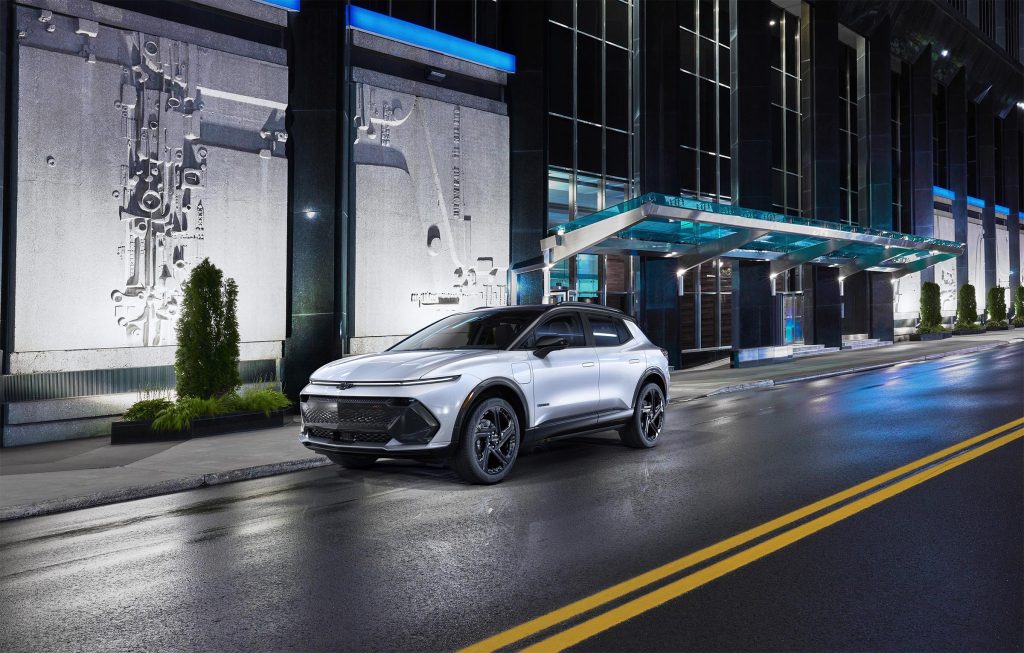
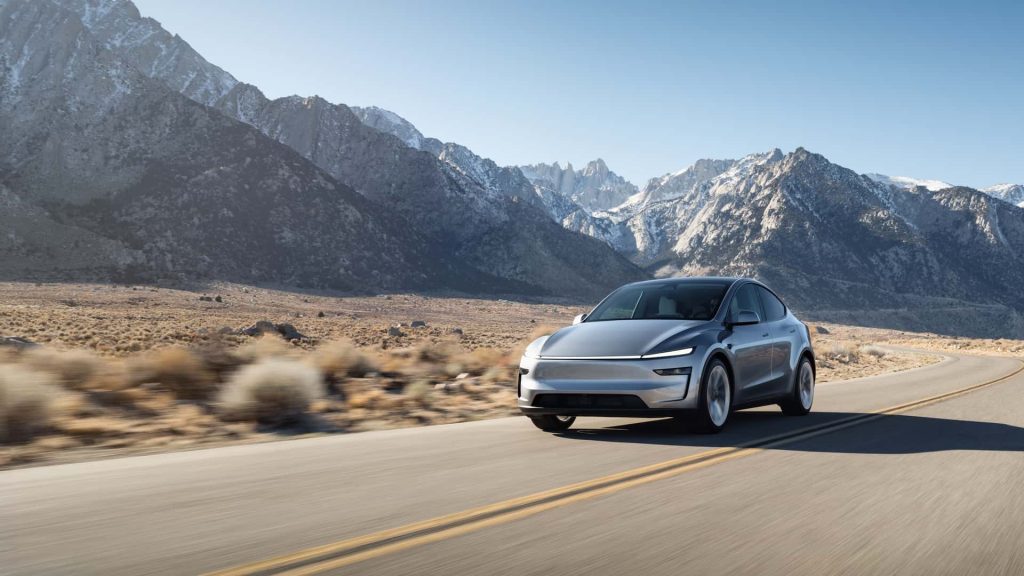
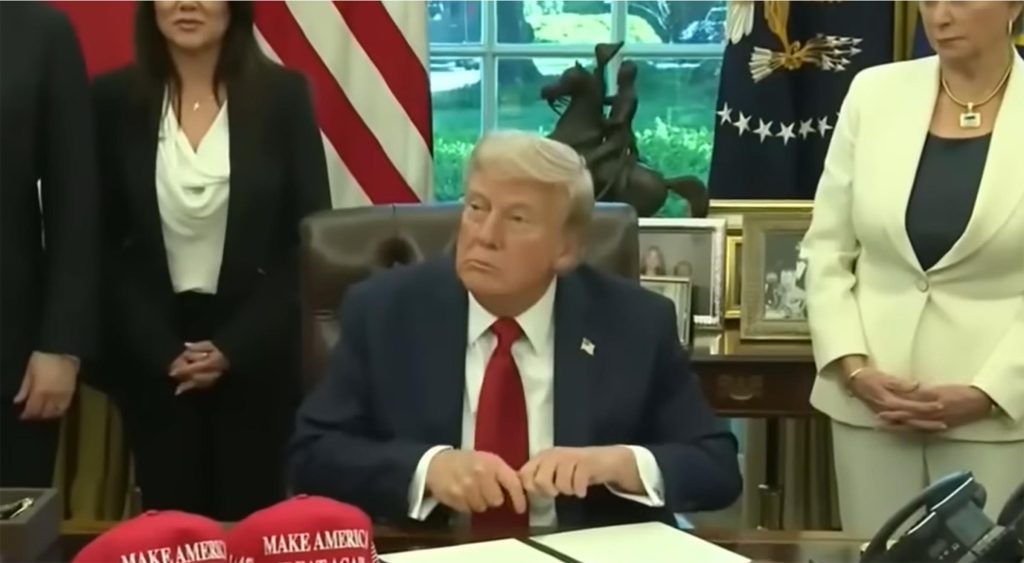
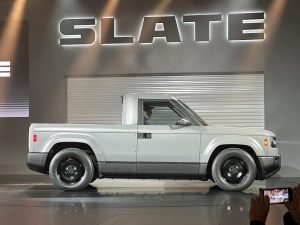
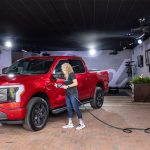



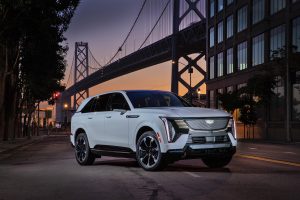




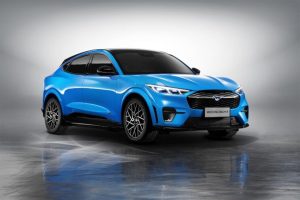
0 Comments